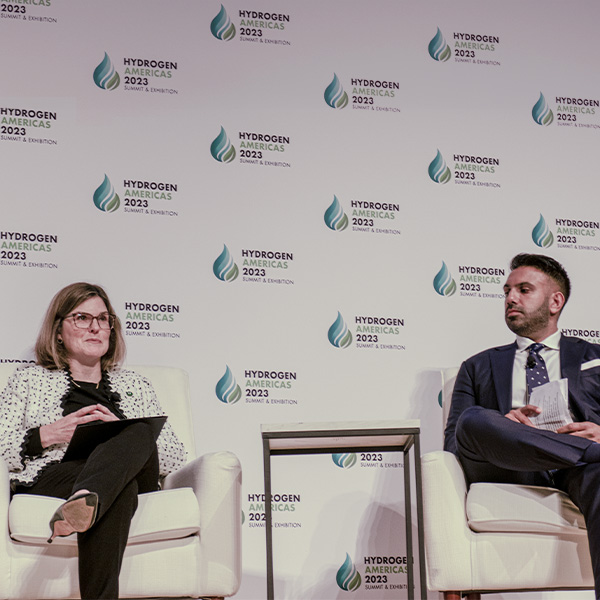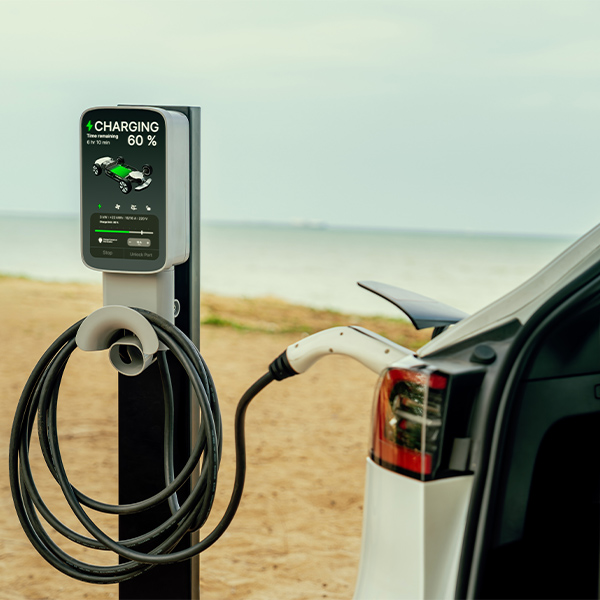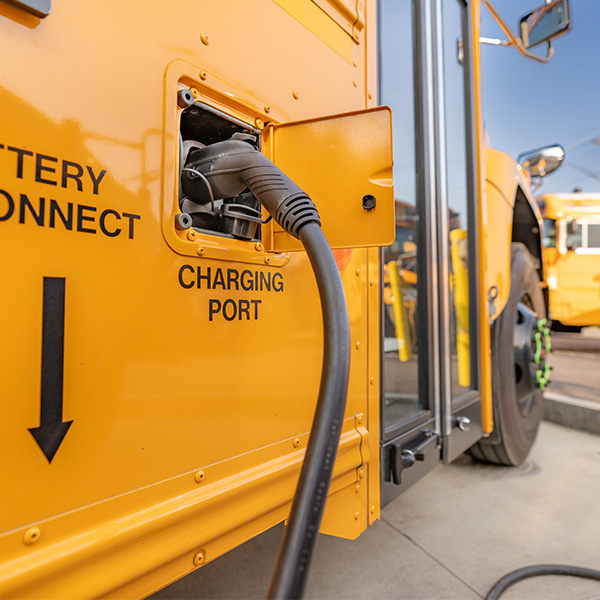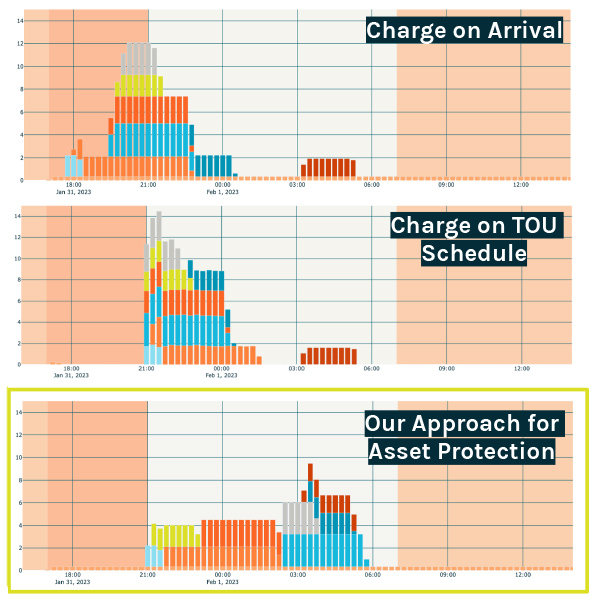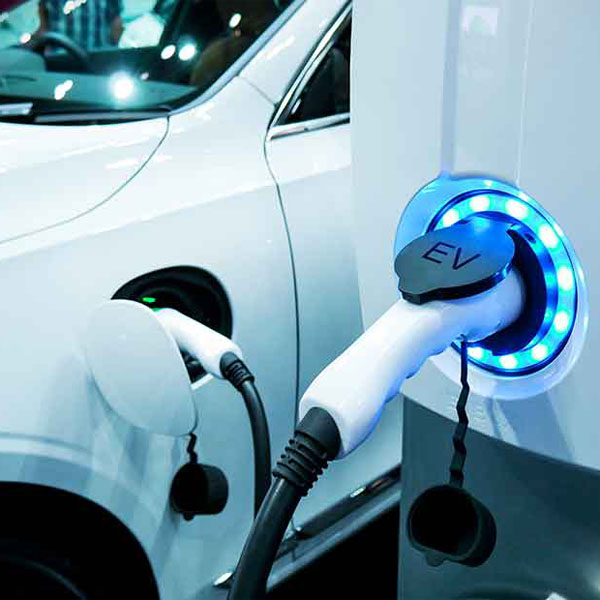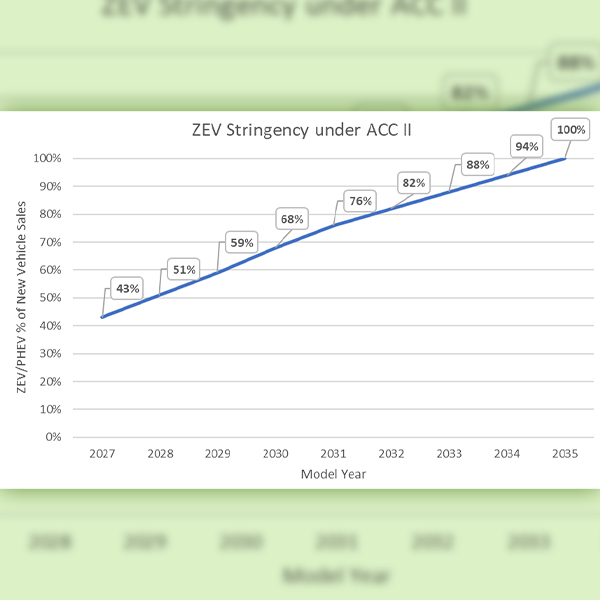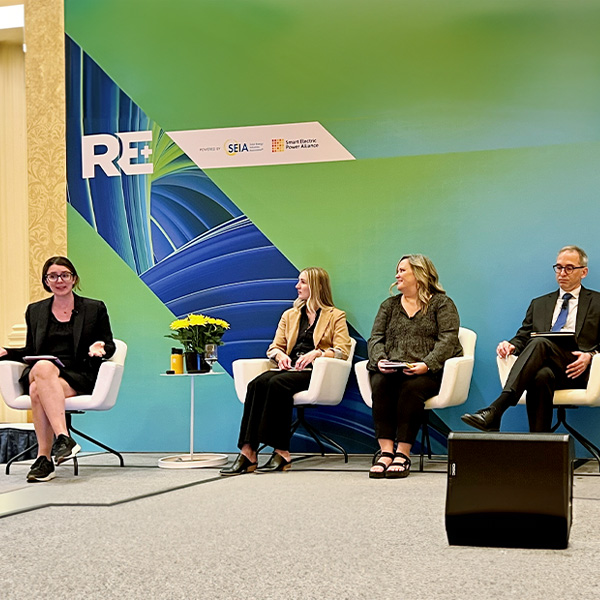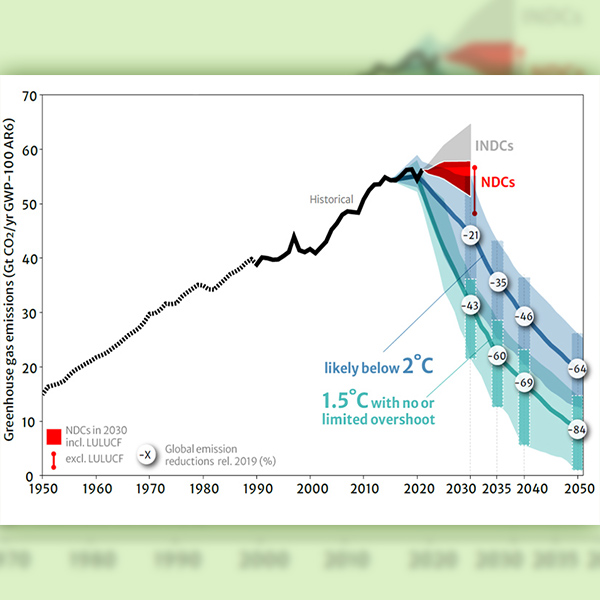Transportation Decarbonization
Airplane DecarbonizationEV chargersHeavy-duty vehiclesBattery Electric Buses (BEB)Fuel Cell Electric Buses (FCEB)Light-duty vehiclesBattery Electric VehiclesFuel Cell VehiclesPlug-in hybrid electric vehiclesShip electrificationClean Ports
New Jersey’s commitment to a rapid adoption of clean energy will be unwavering, the newly appointed head of the Board of Public Utilities told a conference of business leaders.
U.S. Energy Secretary Jennifer Granholm said that while a lot of progress has been made, getting to a fully decarbonized economy is going to require new technologies.
New Jersey awarded $12.7 million in grants to install electric vehicle chargers at 405 new locations, including multiunit dwellings and tourism hot spots.
New York state has issued the roadmap for its first-in-the-nation school bus electrification program and is preparing to draw the first tranche from a $500 million pot of money to start carrying it out.
Washington has begun the first overhaul of a diesel ferry into an electric-fuel hybrid, with the converted boat expected to be operating by September 2024.
A pilot program using smart EV charge management to smooth distribution loads and improve demand response has been so successful one utility is adopting the program permanently.
New Jersey’s planned adoption of California’s Advanced Clean Car II rules stirred a heated exchange as business groups argued that the state is far from ready for a sudden surge in electric vehicle use.
Maryland is the eighth state to adopt the Advanced Clean Cars II rule, which will require all new light-duty vehicles sold in the state to be zero emission by 2035.
Utilities and customers both benefit when proactive hosting capacity planning is used to get ahead of the rising demand for distributed energy resources, panelists at the RE+ conference in Las Vegas said.
The United Nations' global stocktake report showed that while some steps have been taken on climate change, more work is needed and soon to avoid its worst impacts.
Want more? Advanced Search

